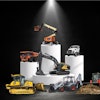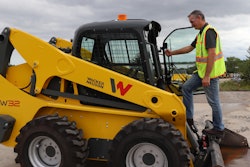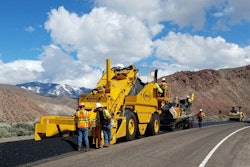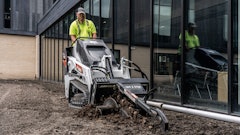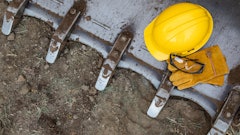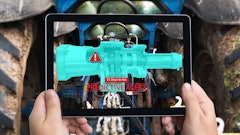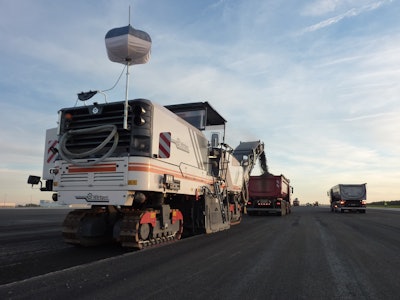
It’s a well-shared sentiment that paving companies do not like to see another companies’ machine in front of them running the mill while they’re doing the paving. Add that to the fact that many paving companies are at the mercy of the milling contractor’s schedule and it makes sense that many paving contractors want to be their own source, but be careful before jumping all in. Here are some things to consider before buying:

Three Sizes of Mills:
Smaller commercial mills are often used for parking lots, shoulders and patching. The cut width of these machines ranges between 2-ft. and 5-ft. These machines are nimble and capable of reaching more confined areas. However, they can be limited in overall production due to cut width and horsepower.
Half-lane machines have the benefit of versatility. They have more mobility than the full-lane machines, but also more horsepower than the smaller mills.
Full-lane machines are large, high horsepower units designed for high production milling of highways and interstates. Niche contractors who really have the time to use them are going to be more apt to purchase these machines.
Five C's:
The basic systems on the milling machine will get the job done for you every day. The components you choose will help the machine to live up to those tasks that you’re putting before it.
1. Crawlers:
Many milling machines are configured with either three or four tracks. The difference between the two is essentially preference.
2. Conveyors:
Application will also determine the cutter system. Standard milling will only require a standard drum, but you need to understand the specifications that you’re working under and the wear those systems go through.
3. Cutter System:
Conveying capacity is huge. If you don’t have the conveying capacity then you can’t get the material out so the machine is going to struggle more. You want to make sure you have ample capacity so you can do those deeper cuts and keep your production numbers up.
4. Controls:
The controls on the machine, whether it be grade control or other integrated systems that the machines may have, will help you get the most out of the machine.
5. Comfort:
Operators are the key to the success of your jobs and making sure they’re happy means they are going to be productive for more hours in a day. Seats, canopies, cabins and easy to understand controls will also play a factor in increasing the comfort of your operators.


